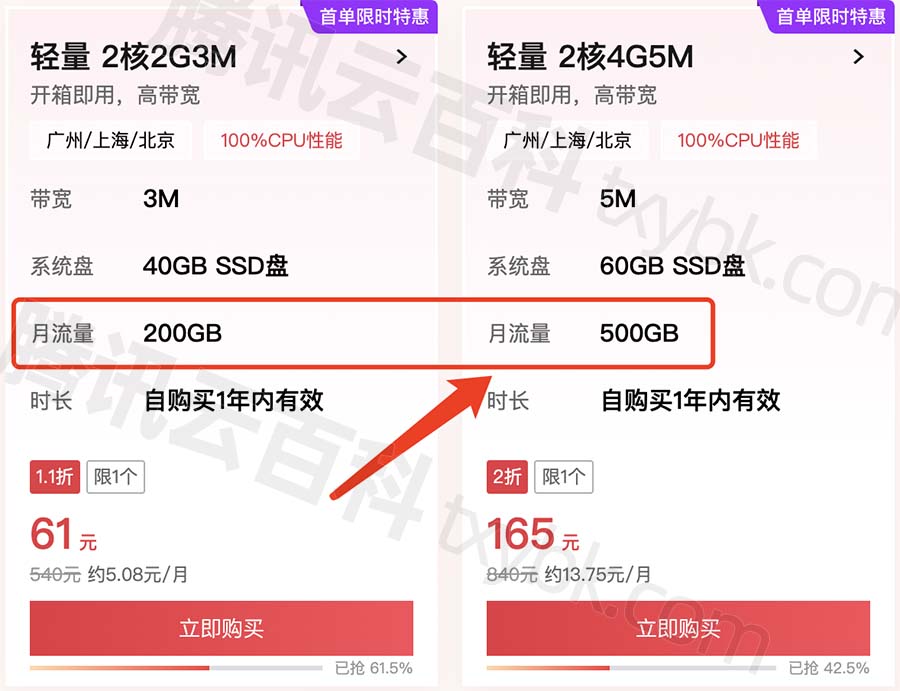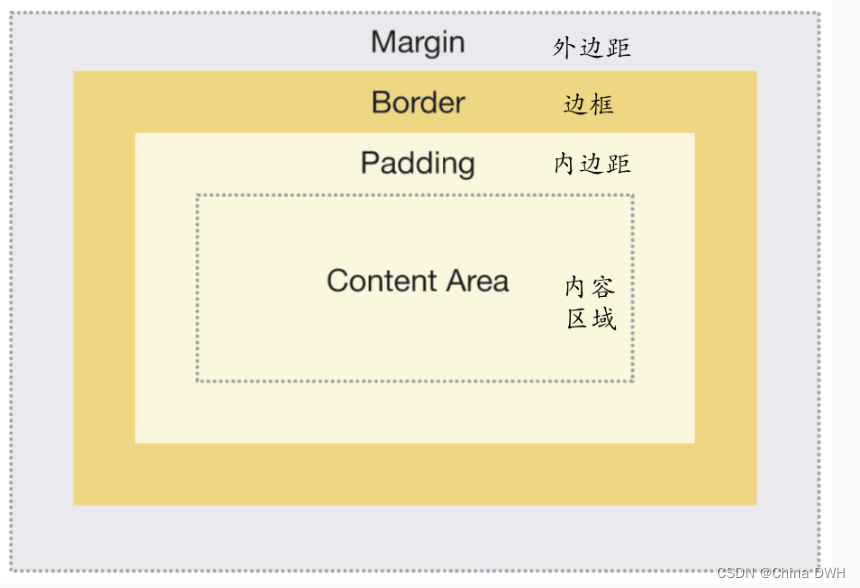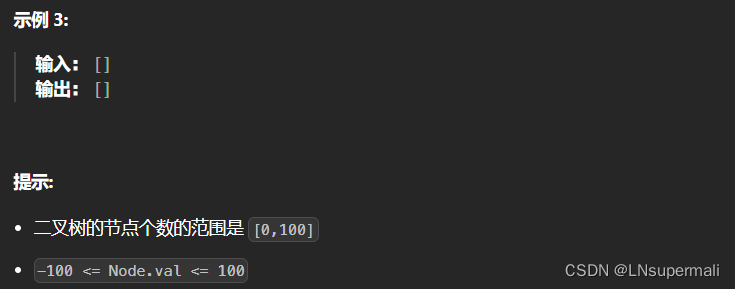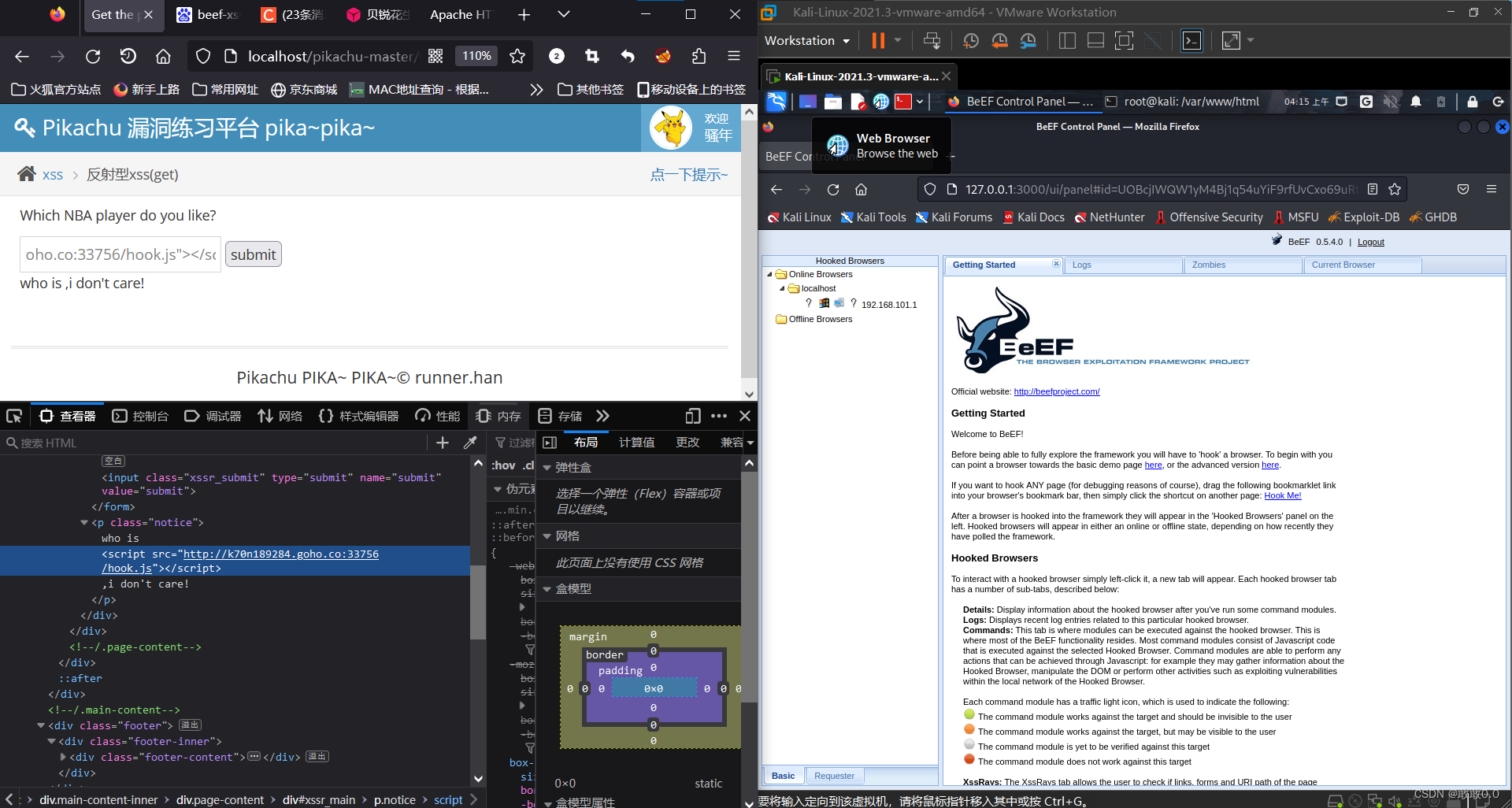
🏷️个人主页:牵着猫散步的鼠鼠
🏷️系列专栏:Java全栈-专栏
🏷️个人学习笔记,若有缺误,欢迎评论区指正

前言
我们在前面文章讲解了CompletableFuture这个异步编程类的基本用法,这节我们继续学习CompletableFuture相关的进阶知识,上文入口:Java8 CompletableFuture异步编程-入门篇-CSDN博客
1、异步任务的交互
异步任务交互指 将异步任务获取结果的速度相比较,按一定的规则( 先到先用 )进行下一步处理。
1.1 applyToEither
applyToEither() 把两个异步任务做比较,异步任务先到结果的,就对先到的结果进行下一步的操作。
CompletableFuture<R> applyToEither(CompletableFuture<T> other, Function<T,R> func)
演示案例:使用最先完成的异步任务的结果
public class ApplyToEitherDemo {public static void main(String[] args) throws ExecutionException, InterruptedException {// 开启异步任务1CompletableFuture<Integer> future1 = CompletableFuture.supplyAsync(() -> {int x = new Random().nextInt(3);CommonUtils.sleepSecond(x);CommonUtils.printThreadLog("任务1耗时:" + x + "秒");return x;});
// 开启异步任务2CompletableFuture<Integer> future2 = CompletableFuture.supplyAsync(() -> {int y = new Random().nextInt(3);CommonUtils.sleepSecond(y);CommonUtils.printThreadLog("任务2耗时:" + y + "秒");return y;});
// 哪些异步任务的结果先到达,就使用哪个异步任务的结果CompletableFuture<Integer> future = future1.applyToEither(future2, (result -> {CommonUtils.printThreadLog("最先到达的结果:" + result);return result;}));
// 主线程休眠4秒,等待所有异步任务完成CommonUtils.sleepSecond(4);Integer ret = future.get();CommonUtils.printThreadLog("ret = " + ret);}
}
速记心法:任务1、任务2就像两辆公交,哪路公交先到,就乘坐(使用)哪路公交。
以下是applyToEither 和其对应的异步回调版本
CompletableFuture<R> applyToEither(CompletableFuture<T> other, Function<T,R> func)
CompletableFuture<R> applyToEitherAsync(CompletableFuture<T> other, Function<T,R> func)
CompletableFuture<R> applyToEitherAsync(CompletableFuture<T> other, Function<T,R> func,Executor executor)
1.2 acceptEither
acceptEither() 把两个异步任务做比较,异步任务先到结果的,就对先到的结果进行下一步操作 ( 消费使用 )。
CompletableFuture<Void> acceptEither(CompletableFuture<T> other, Consumer<T> action)
CompletableFuture<Void> acceptEitherAsync(CompletableFuture<T> other, Consumer<T> action)
CompletableFuture<Void> acceptEitherAsync(CompletableFuture<T> other, Consumer<T> action,Executor executor)
演示案例:使用最先完成的异步任务的结果
public class AcceptEitherDemo {public static void main(String[] args) throws ExecutionException, InterruptedException {// 异步任务交互CommonUtils.printThreadLog("main start");// 开启异步任务1CompletableFuture<Integer> future1 = CompletableFuture.supplyAsync(() -> {int x = new Random().nextInt(3);CommonUtils.sleepSecond(x);CommonUtils.printThreadLog("任务1耗时:" + x + "秒");return x;});
// 开启异步任务2CompletableFuture<Integer> future2 = CompletableFuture.supplyAsync(() -> {int y = new Random().nextInt(3);CommonUtils.sleepSecond(y);CommonUtils.printThreadLog("任务2耗时:" + y + "秒");return y;});
// 哪些异步任务的结果先到达,就使用哪个异步任务的结果future1.acceptEither(future2,result -> {CommonUtils.printThreadLog("最先到达的结果:" + result);});
// 主线程休眠4秒,等待所有异步任务完成CommonUtils.sleepSecond(4);CommonUtils.printThreadLog("main end");}
}
1.3 runAfterEither
如果不关心最先到达的结果,只想在有一个异步任务先完成时得到完成的通知,可以使用 runAfterEither() ,以下是它的相关方法:
CompletableFuture<Void> runAfterEither(CompletableFuture<T> other, Runnable action)
CompletableFuture<Void> runAfterEitherAsync(CompletableFuture<T> other, Runnable action)
CompletableFuture<Void> runAfterEitherAsync(CompletableFuture<T> other, Runnable action, Executor executor)
提示
异步任务交互的三个方法和之前学习的异步的回调方法 thenApply、thenAccept、thenRun 有异曲同工之妙。
2、get() 和 join() 区别
get() 和 join() 都是CompletableFuture提供的以阻塞方式获取结果的方法。
那么该如何选用呢?请看如下案例:
public class GetOrJoinDemo {public static void main(String[] args) {CompletableFuture<String> future = CompletableFuture.supplyAsync(() -> {return "hello";});
String ret = null;// 抛出检查时异常,必须处理try {ret = future.get();} catch (InterruptedException e) {e.printStackTrace();} catch (ExecutionException e) {e.printStackTrace();}System.out.println("ret = " + ret);
// 抛出运行时异常,可以不处理ret = future.join();System.out.println("ret = " + ret);}
}
使用时,我们发现,get() 抛出检查时异常 ,需要程序必须处理;而join() 方法抛出运行时异常,程序可以不处理。所以,join() 更适合用在流式编程中。
3、ParallelStream VS CompletableFuture
CompletableFuture 虽然提高了任务并行处理的能力,如果它和 Stream API 结合使用,能否进一步多个任务的并行处理能力呢?
同时,对于 Stream API 本身就提供了并行流ParallelStream,它们有什么不同呢?
我们将通过一个耗时的任务来体现它们的不同,更重要地是,我们能进一步加强 CompletableFuture 和 Stream API 的结合使用,同时搞清楚CompletableFuture 在流式操作的优势
需求:创建10个MyTask耗时的任务,统计它们执行完的总耗时
定义一个MyTask类,来模拟耗时的长任务
public class MyTask {private int duration;
public MyTask(int duration) {this.duration = duration;}
// 模拟耗时的长任务public int doWork() {CommonUtils.printThreadLog("doWork");CommonUtils.sleepSecond(duration);return duration;}
}
同时,我们创建10个任务,每个持续1秒。
IntStream intStream = IntStream.range(0, 10);
List<MyTask> tasks = intStream.mapToObj(item -> {return new MyTask(1);
}).collect(Collectors.toList());
3.1 并行流的局限
我们先使用串行执行,让所有的任务都在主线程 main 中执行。
public class SequenceDemo {public static void main(String[] args) {// 方案一:在主线程中使用串行执行// step 1: 创建10个MyTask对象,每个任务持续1s,存入list集合便于启动Stream操作IntStream intStream = IntStream.range(0, 10);List<MyTask> tasks = intStream.mapToObj(item -> {return new MyTask(1);}).collect(Collectors.toList());// step 2: 执行tasks集合中的每个任务,统计总耗时long start = System.currentTimeMillis();List<Integer> result = tasks.stream().map(myTask -> {return myTask.doWork();}).collect(Collectors.toList());long end = System.currentTimeMillis();double costTime = (end - start) / 1000.0;System.out.printf("processed %d tasks cost %.2f second",tasks.size(),costTime);}
}
它花费了10秒, 因为每个任务在主线程一个接一个的执行。
因为涉及 Stream API,而且存在耗时的长任务,所以,我们可以使用 parallelStream()
public class ParallelDemo {public static void main(String[] args) {// 方案二:使用并行流// step 1: 创建10个MyTask对象,每个任务持续1s,存入List集合IntStream intStream = IntStream.range(0, 10);List<MyTask> tasks = intStream.mapToObj(item -> {return new MyTask(1);}).collect(Collectors.toList());// step 2: 执行10个MyTask,统计总耗时long start = System.currentTimeMillis();List<Integer> results = tasks.parallelStream().map(myTask -> {return myTask.doWork();}).collect(Collectors.toList());long end = System.currentTimeMillis();double costTime = (end - start) / 1000.0;System.out.printf("processed %d tasks %.2f second",tasks.size(),costTime);}
}
它花费了2秒多,因为此次并行执行使用了8个线程 (7个是ForkJoinPool线程池中的, 一个是 main 线程),需要注意是:运行结果由自己电脑CPU的核数决定。
3.2 CompletableFuture 在流式操作的优势
让我们看看使用CompletableFuture是否执行的更有效率
public class CompletableFutureDemo {public static void main(String[] args) {// 需求:创建10MyTask耗时的任务,统计它们执行完的总耗时// 方案三:使用CompletableFuture// step 1: 创建10个MyTask对象,每个任务持续1s,存入List集合IntStream intStream = IntStream.range(0, 10);List<MyTask> tasks = intStream.mapToObj(item -> {return new MyTask(1);}).collect(Collectors.toList());// step 2: 根据MyTask对象构建10个耗时的异步任务long start = System.currentTimeMillis();List<CompletableFuture<Integer>> futures = tasks.stream().map(myTask -> {return CompletableFuture.supplyAsync(() -> {return myTask.doWork();});}).collect(Collectors.toList());// step 3: 当所有任务完成时,获取每个异步任务的执行结果,存入List集合中List<Integer> results = futures.stream().map(future -> {return future.join();}).collect(Collectors.toList());long end = System.currentTimeMillis();double costTime = (end - start) / 1000.0;System.out.printf("processed %d tasks cost %.2f second",tasks.size(),costTime);}
}
运行发现,两者使用的时间大致一样。能否进一步优化呢?
CompletableFutures 比 ParallelStream 优点之一是你可以指定Executor去处理任务。你能选择更合适数量的线程。我们可以选择大于Runtime.getRuntime().availableProcessors() 数量的线程,如下所示:
public class CompletableFutureDemo2 {public static void main(String[] args) {// 需求:创建10MyTask耗时的任务,统计它们执行完的总耗时// 方案三:使用CompletableFuture// step 1: 创建10个MyTask对象,每个任务持续1s,存入List集合IntStream intStream = IntStream.range(0, 10);List<MyTask> tasks = intStream.mapToObj(item -> {return new MyTask(1);}).collect(Collectors.toList());// 准备线程池final int N_CPU = Runtime.getRuntime().availableProcessors();// 设置线程池的数量最少是10个,最大是16个ExecutorService executor = Executors.newFixedThreadPool(Math.min(tasks.size(), N_CPU * 2));// step 2: 根据MyTask对象构建10个耗时的异步任务long start = System.currentTimeMillis();List<CompletableFuture<Integer>> futures = tasks.stream().map(myTask -> {return CompletableFuture.supplyAsync(() -> {return myTask.doWork();},executor);}).collect(Collectors.toList());// step 3: 当所有任务完成时,获取每个异步任务的执行结果,存入List集合中List<Integer> results = futures.stream().map(future -> {return future.join();}).collect(Collectors.toList());long end = System.currentTimeMillis();double costTime = (end - start) / 1000.0;System.out.printf("processed %d tasks cost %.2f second",tasks.size(),costTime);// 关闭线程池executor.shutdown();}
}
测试代码时,电脑配置是4核8线程,而我们创建的线程池中线程数最少也是10个,所以,每个线程负责一个任务( 耗时1s ),总体来说,处理10个任务总共需要约1秒。
3.3 合理配置线程池中的线程数
正如我们看到的,CompletableFuture 可以更好地控制线程池中线程的数量,而 ParallelStream 不能。
问题1:如何选用 CompletableFuture 和 ParallelStream ?
如果你的任务是IO密集型的,你应该使用CompletableFuture;
如果你的任务是CPU密集型的,使用比处理器更多的线程是没有意义的,所以选择ParallelStream ,因为它不需要创建线程池,更容易使用。
问题2:IO密集型任务和CPU密集型任务的区别?
CPU密集型也叫计算密集型,此时,系统运行时大部分的状况是CPU占用率近乎100%,I/O在很短的时间就可以完成,而CPU还有许多运算要处理,CPU 使用率很高。比如说要计算1+2+3+…+ 10万亿、天文计算、圆周率后几十位等, 都是属于CPU密集型程序。
CPU密集型任务的特点:大量计算,CPU占用率一般都很高,I/O时间很短
IO密集型指大部分的状况是CPU在等I/O (硬盘/内存) 的读写操作,但CPU的使用率不高。
简单的说,就是需要大量的输入输出,例如读写文件、传输文件、网络请求。
IO密集型任务的特点:大量网络请求,文件操作,CPU运算少,很多时候CPU在等待资源才能进一步操作。
问题3:既然要控制线程池中线程的数量,多少合适呢?
如果是CPU密集型任务,就需要尽量压榨CPU,参考值可以设为 Ncpu+1
如果是IO密集型任务,参考值可以设置为 2 * Ncpu,其中Ncpu 表示 核心数。
总结
通过这两篇文章的讲解,我们基本学习了CompletableFuture这个异步编程类的基础用法和相关进阶玩法,不过总体上还是偏理论,我后续可以可能会开一篇新的专栏,专门讲解和分享Java高并发相关的代码片段,都是比较实用,请多多支持吧~












